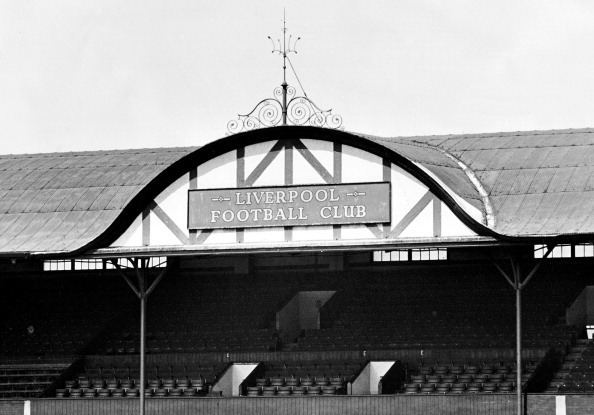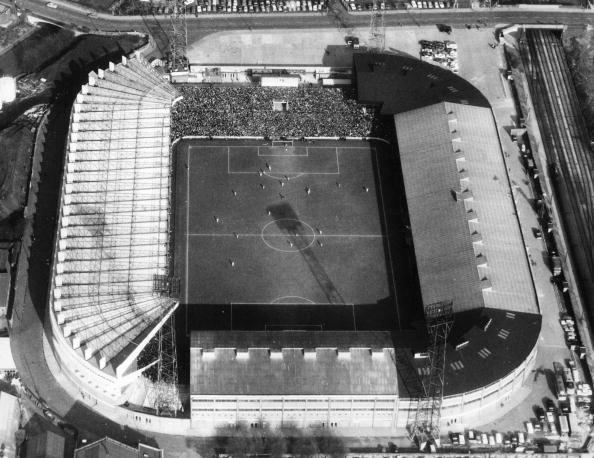Nationality Scottish Occupation Architect | Name Archibald Leitch Role Architect | |
 | ||
People also search for Johnny Haynes, William Binnie, James Miller, Claude Ferrier, Gareth Hutchison, John Hampden Structures | ||
Archibald leitch stand tynecastle park
Archibald Keir "Archie" Leitch (27 April 1865 – 25 April 1939) was a Scottish architect, most famous for his work designing football stadiums throughout the British Isles.
Contents
- Archibald leitch stand tynecastle park
- Archibald leitch el arquitecto del futbol ingles
- Early work
- Stadium design
- References

Archibald leitch el arquitecto del futbol ingles
Early work

Born in Glasgow, Archibald Keir Leitch's early work was on designing tea factories in Deltota in the former Kandyan Kingdom of Ceylon, as well as factories in his home city and in Lanarkshire with the sole surviving example of which being the category A listed Sentinel Works at Jessie Street, Polmadie, just south of Glasgow city centre. In 1896 he became a member of the Institution of Engineers and Shipbuilders in Scotland, and later of the Institution of Mechanical Engineers. He moved into stadium design when he was commissioned to build Ibrox Park, the new home ground of his boyhood heroes Rangers, in 1899.
Stadium design

Leitch's stadiums were initially considered functional rather than aesthetically elegant, and were clearly influenced by his early work on industrial buildings. Typically, his stands had two tiers, with criss-crossed steel balustrades at the front of the upper tier, and were covered by a series of pitched roofs, built so that their ends faced onto the playing field; the central roof span would be distinctly larger, and would incorporate a distinctive pediment.

His first project in England was the design and building of the John Street Stand at Bramall Lane, which provided 3,000 seats and terracing for 6,000 and was dominated by a large mock-Tudor press box.
Even after the Ibrox disaster of 1902, when 26 people were killed when a bank of terracing collapsed, Leitch was still in demand. Over the next four decades he became Britain's foremost football architect. In total he was commissioned to design part or all of more than 20 stadiums in the UK and Ireland between 1899 and 1939, including:
Many of his works have since been demolished for redevelopment (especially in wake of the Taylor Report and the move to all-seater stadiums), most notably the Trinity Road Stand at Villa Park, considered his masterpiece, which was demolished in 2000. The main stand and pavilion at Craven Cottage, the main stand at Tynecastle and the facade of the main stand at Ibrox (although the stand itself has been remodelled) still survive to this day; all are now listed buildings.
